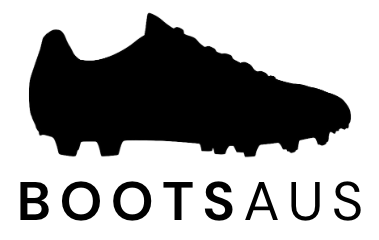Boots Information
Different types of studs
Studs help with traction on pitch surfaces, enhance stability and prevent players from sliding. It’s important to wear the right kind of stud for the surface you’re playing on. This not only helps your gameplay but also helps to prevent injuries.
Firm Ground Studs (FG)
-
For natural firm ground surfaces like a dry grass pitch. Firm ground studs are usually plastic.
Artificial Ground Studs (AG)
- For artificial surfaces like Astroturf pitches. Artificial ground studs are usually plastic and cover more area than FG studs.
- *DISCLAIMER* - Boots manufactured before 2014 are not meant for use on (AG) surfaces.
Soft Ground Studs (SG)
-
For soft surfaces like muddy football pitches. Soft ground studs are usually metal and can vary in length.
- Nike's Anti-Clog technology is a traction technology that prevents mud from clogging the sole plate of Nike's football boots.
(SG - Pro)
- SG Pro versions are made exclusively for professionals, not available via retail.
Nike 'Player Issued'
Nike players' boots should be made in Italy or Bosnia. Since 1996, they have had an "Athlete Service" factory located in Montebelluna Italy where they hand make their elite contracted players' boots such as CR7, Neymar and Iniesta, to their exact specifications and requirements - usually there will be no size label if the boots are made here due to them being completely bespoke. However, if there is a size label it should have the serial code "999999999" located at the bottom left corner of the tag. This is the same with Nike players' boots when made in Bosnia, which is where they make other pros' boots. The row of 9's serial code means the boots are for promotional use only, as they are different to what they sell to the public, so will not be able to be sold in a general store. Sort of like a "sample". The pairs Nike sell to the public are usually of lower quality than what the pros receive, with them normally being made in Vietnam/China as they are mass produced. Below is a side by side example of a player issue size label (left) and a retail size label (right). In the summer of 2019, Nike changed their size labels within their football boots and have scrapped the "999999999" player code. Player issue pairs from this period onwards will either contain normal size labels, the same as retail, or no size label at all (if they are made to measure) but the boots themselves will still present differences which separate them from standard pairs.


